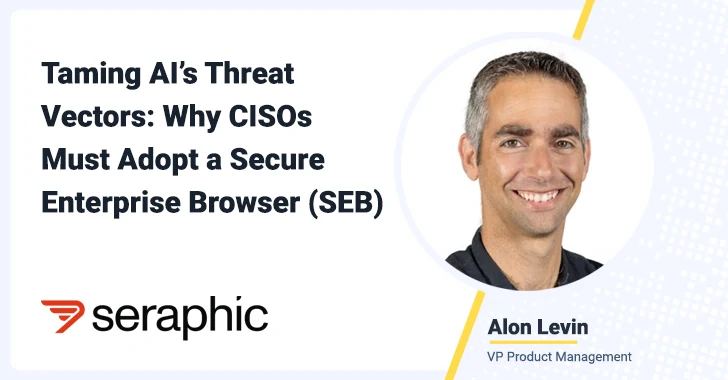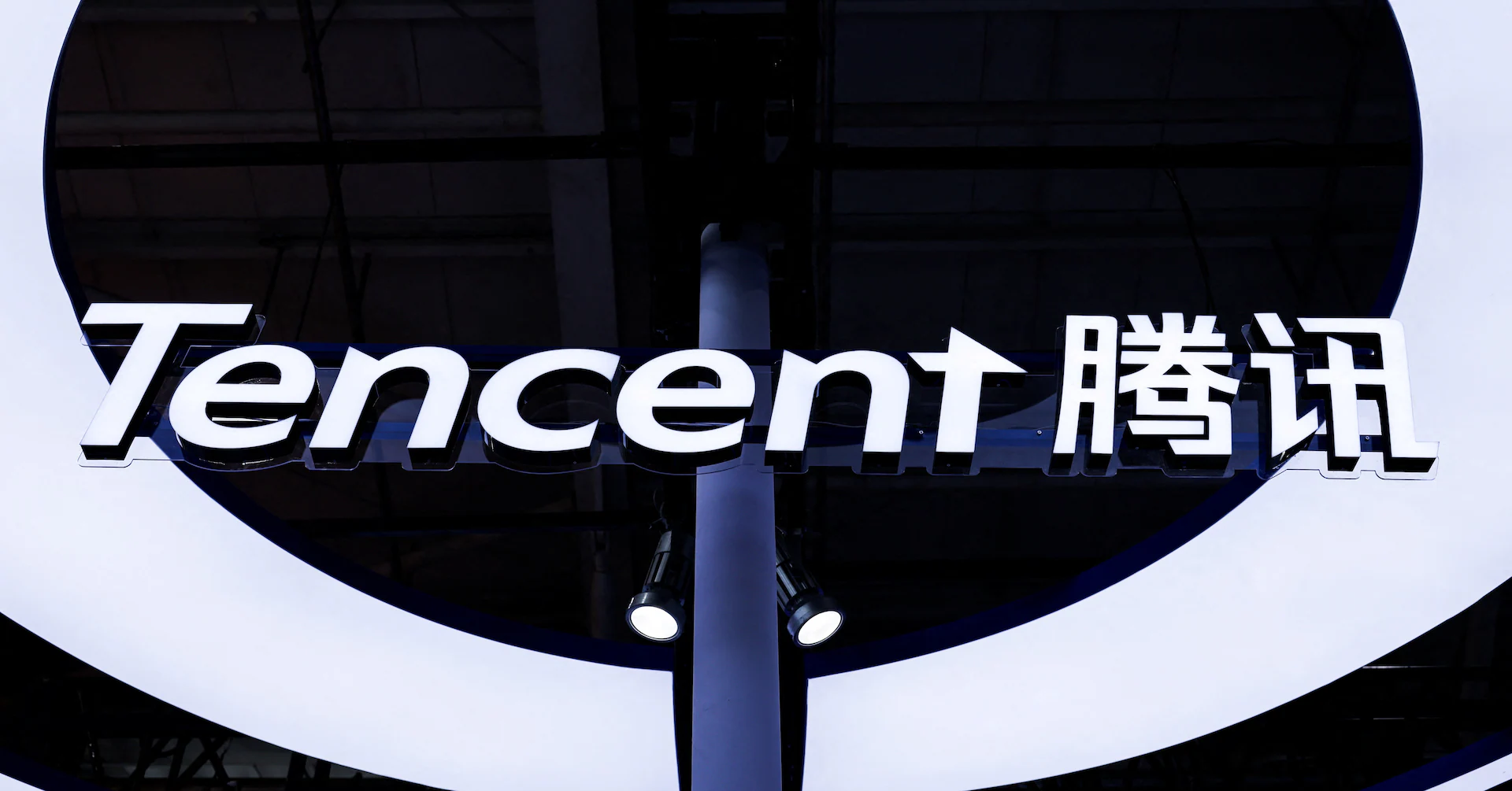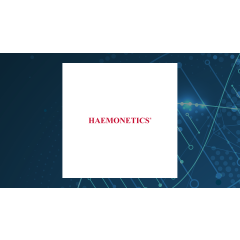
Artificial Intelligence (AI) has served as a great resource for cyber defenders by enabling real-time detection and response through advanced pattern recognition and predictive analysis that traditional methods weren’t able to achieve. However, AI has recently become a dangerous and widely available enabler for attackers to leverage. CISOs now face adversaries who easily scale large-scale cyberattacks like spear-phishing and polymorphic malware at machine speed.
This article examines the rising AI-driven cyberthreat landscape and presents the browser, the enterprises’ new endpoint, as the most strategic control plane for defense. By adopting a Secure Enterprise Browser (SEB) into the security stack, enterprises can reduce their attack surface, contain incidents at scale, and future-proof themselves against these advanced attacks.
Why Traditional Defenses Struggle Against AI
Most organizations have robust defense in place against cyberattacks, such as firewalls, EDR, CASB, IdP, and more. Yet AI-driven attacks are able to make it past these defenses for a host of reasons.
For example, phishing filters depend on deny lists and pattern recognition. But AI-created phishing email campaigns can endlessly change text and structure, bypassing static rules. EDR tools detect post-exploit activities, but attacks powered by AI are able to pivot so quickly that detection often arrives too late. Zero Trust models do reduce access risk; however, browsers remain a key blind spot that stores sensitive information like passwords.
Cyber defenses built over the years were made for predictable attackers. AI renders many of these defenses useless with its adaptive, unpredictable, and relentless nature. To fight back against these advanced threats, CISOs must adapt. Rather than focusing on every possible AI tactic, they must look to control the environment where those tactics land first – the browser.
The Browser as the New Control Plane
Browsers have become the new endpoint. Every business function now runs through SaaS and web apps accessed through Chrome, Edge, Safari and others. Yet according to Gartner, “Legacy network and endpoint solutions were not designed to protect the browser, leaving significant gaps in enterprise security postures.” This makes browsers the prime target for AI-driven threats.
AI-driven attacks are notorious for starting here:
A phishing link opens a malicious webpage.
Malicious scripts are executed in the background.
Fraudulent SaaS login page steals user credentials.
A compromised app injects code through in-app browsers.
While browsers are often the first point of entry for the attacks above, they also provide a unique opportunity to serve as a universal enforcement plane. CISOs can leverage them to standardize protection across the entire organization, monitoring for anomalies and containing incidents at the source before they spread. Secure browsers transform this weakest link into a defensive stronghold. In effect, the browser becomes not just a tool for access, but a security boundary. The first, and most important layer, in the AI-defense era.
Strategic Benefits of Secure Enterprise Browsers (SEB) for CISOs in the Age of AI
The talks around Secure Enterprise Browsers often focus on technical containment. But for CISOs, the more pertinent question is about strategic value. How does adopting secure browser technology advance the organization’s broader risk posture, align with business goals, and prepare for AI-driven attackers?
1. A Drastically Reduced Attack Surface Without Disrupting Productivity
One of the challenges of cybersecurity leadership is balancing organizational risk reduction and employee efficiency. The browser sits at the crossroads of this challenge. It’s irreplaceable for user productivity and modern workflow, but also the single most common vector for AI-driven threats like spear-phishing, credential harvesting, and drive-by downloads.
A browser-agnostic Secure Enterprise Browser that works with Chrome, Edge, Firefox, Safari and more addresses this challenge head-on. Instead of relying on awareness campaigns to prevent clicks, CISOs can take it one step further by assuming employees will click and build safety nets accordingly. Policies like sandboxed downloads, read-only session enforcement, and dynamic script controls allow staff to browse normally while stripping away the pathways attackers rely on.
2. Scalable Incident Containment Across the Enterprise
In an AI-powered attack, it’s all about your response time. Autonomous malware can pivot laterally in seconds, while AI-generated phishing attacks are often perpetrated at scale, across an entire organization.
While traditional solutions like EDR may flag malicious activity once it is downloaded onto a device, SEBs contain the breach vector at its origin point. Instead of waiting for endpoint tools or SIEM alerts, CISOs can remotely revoke browser privileges, block a malicious domain, or isolate entire browsing categories in seconds. This scalability means containment is not only achieved faster but is done across the entire organization.
3. Compliance and Governance Alignment in an AI Regulatory Landscape
Governments worldwide are beginning to regulate AI usage and data security more aggressively. From the EU’s AI Act to sector-specific guidelines in finance and healthcare, CISOs will soon be expected to demonstrate not just that they are blocking attacks, but that they have enforceable controls for protecting sensitive data in AI-driven environments.
SEBs provide an auditable, enforceable control plane to address this issue. Logs demonstrate when data exfiltration attempts were blocked, when downloads were quarantined, or when clipboard restrictions prevented exposure of sensitive PII. For CISOs reporting to boards and regulators, this translates into hard evidence of due diligence and governance maturity.
4. Cost Efficiency and Resource Optimization
Traditional multilayered defenses often require deploying multiple point solutions all at once, such as email gateways, anti-malware tools, DLP add-ons, and more. Each comes with licensing costs and integration overhead. An SEB consolidates many of these functionalities, reducing reliance on overlapping tools and simplifying the security stack. By addressing the main cause of the majority of AI-driven threats, organizations often see cost savings in both technology spend and operational overhead.
Secure Enterprise Browser (SEB) Implementation Roadmap
Understanding the benefits of SEBs is one thing. But operationalizing them is key. CISOs must ensure secure browser adoption is done strategically, efficiently, and with as little friction as possible. Key steps include:
Prioritization: First, map high-risk user groups such as executives, finance, privileged admins to SaaS apps, and customer-facing staff. These are the employees most likely to be targeted by AI-crafted attacks.
Security Stack Integrations: Align browser policies with Identity Providers ensure browser sessions enforce contextual access in line with your Zero Trust strategy.
SOC Alignment: Feed browser telemetry into the SIEM and train SOC teams on how to interpret new signals.
Progressive Hardening: Start with a balanced policy that’s strong enough to block malicious behavior but flexible enough to create as little friction as possible. Over time, you can ramp up restrictions as awareness and trust grows internally at your org.
By following a structured roadmap, CISOs can make the SEB not just a technical upgrade, but a cornerstone of defense within their enterprise.
Final Thoughts
Sophisticated AI-powered attacks are becoming a mainstay in today’s cybercriminal arsenal – phishing, malware, lateral movement, and data exfiltration is all being accelerated by machine intelligence. Traditional defenses, while still valuable, are no longer sufficient on their own.
By turning the browser into a secure, policy-enforced control plane, CISOs can gain the upper hand on AI-driven threats. Doing so is not just about reducing risk. It’s about faster containment times, gaining richer threat intelligence, 24/7 compliance readiness, and reducing cost inefficiency. The secure browser is not just another tool. It is the cornerstone of defense in the AI era.
To speak with an expert to learn how a browser-agnostic Secure Enterprise Browser (SEB) can benefit your organization, click here.
Aboit the Author: Alon Levin is Vice President of Product Management at Seraphic Security. Alon has a successful track record of over 15 years in the cybersecurity industry and specializes in building and supporting the growth of new, innovative products. Before joining Seraphic, Levin served as VP Product Management at Infinipoint and at VDOO. Earlier in his career, he held Consulting Engineer and Director of Sales Engineering positions at Palo Alto Networks, Cyvera, and Wave. Alon holds a Bachelor of Science degree in Electrical Engineering from Tel-Aviv University.
Alon Levin — VP Product Management at Seraphic Security https://blogger.googleusercontent.com/img/b/R29vZ2xl/AVvXsEgDY8wq06c0sMiCPRPaGIDOH9nLTIm8t4LnsOriCF3L4FHzCRGntH_6BWaBthOu8XxFoWulV7jrXWb0IBqOU6wrfp1dchxaDkJS630Qq5LP8fzpS2qE717ppRTgGsUy2pkn2bsYvZ9pHhU6cBiGs0qj3foL88GWUx17PVR28oHWKsfRW4esSTOKRLZDQT0/s728-rw-e365/Alon.png



